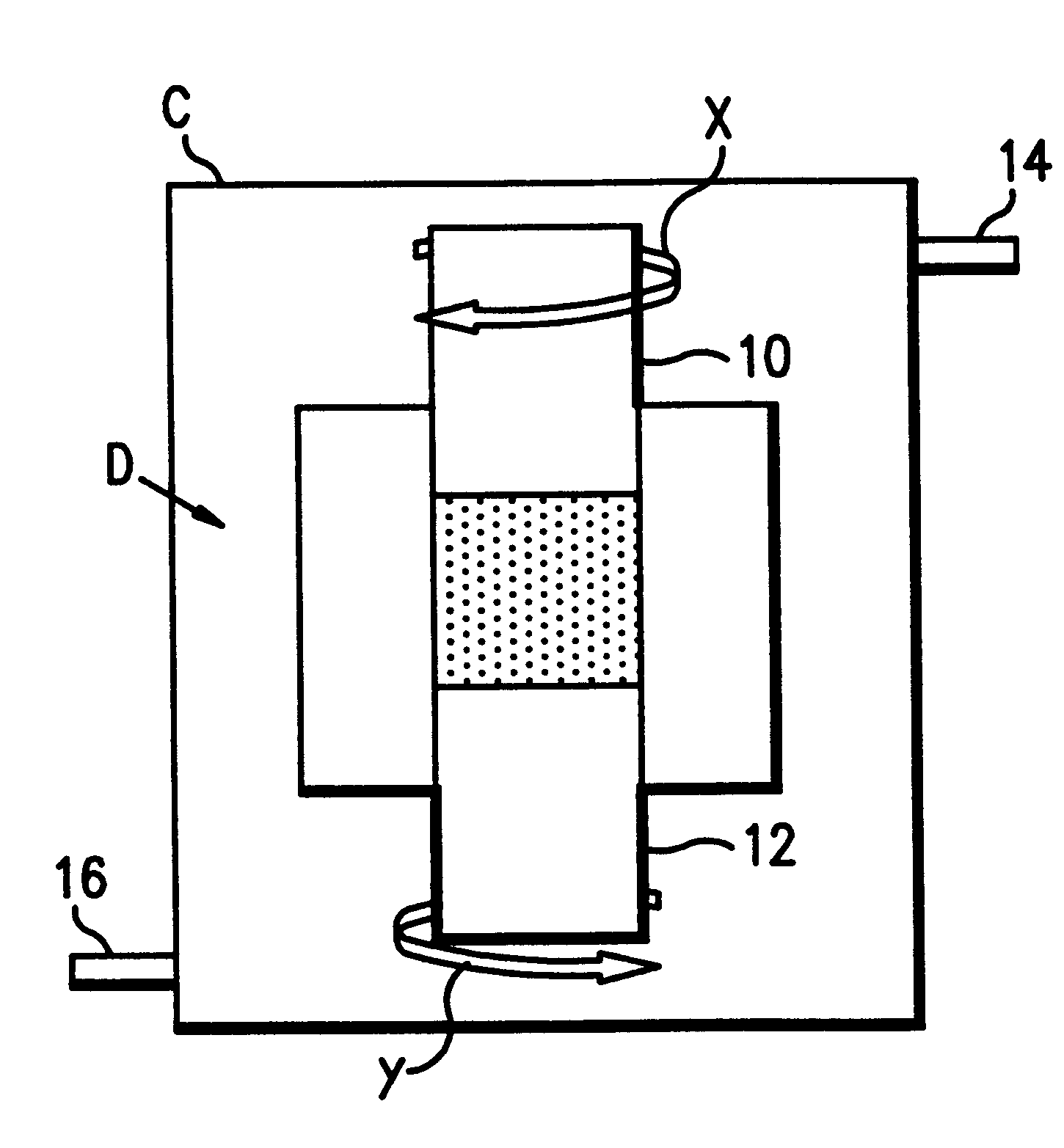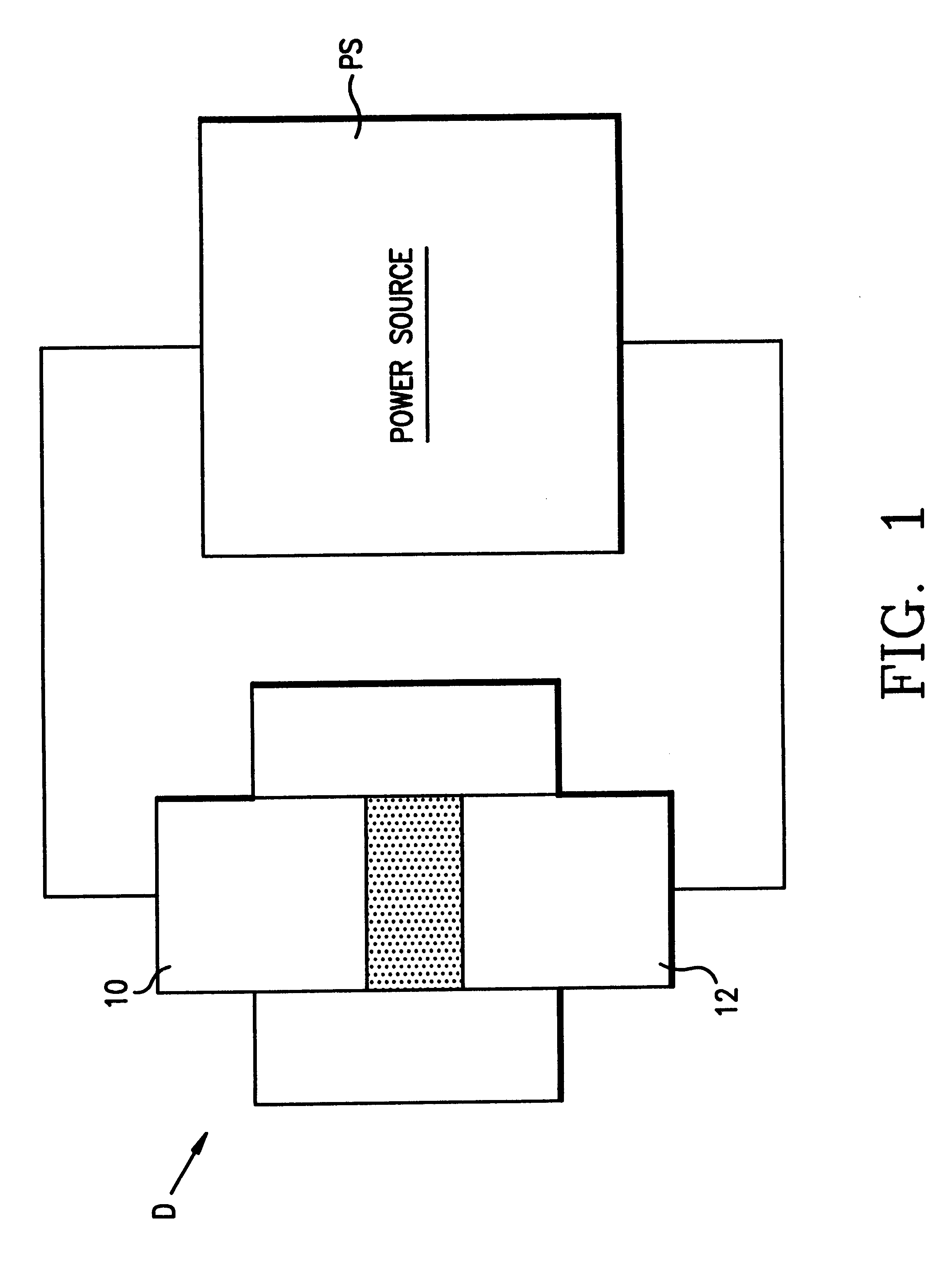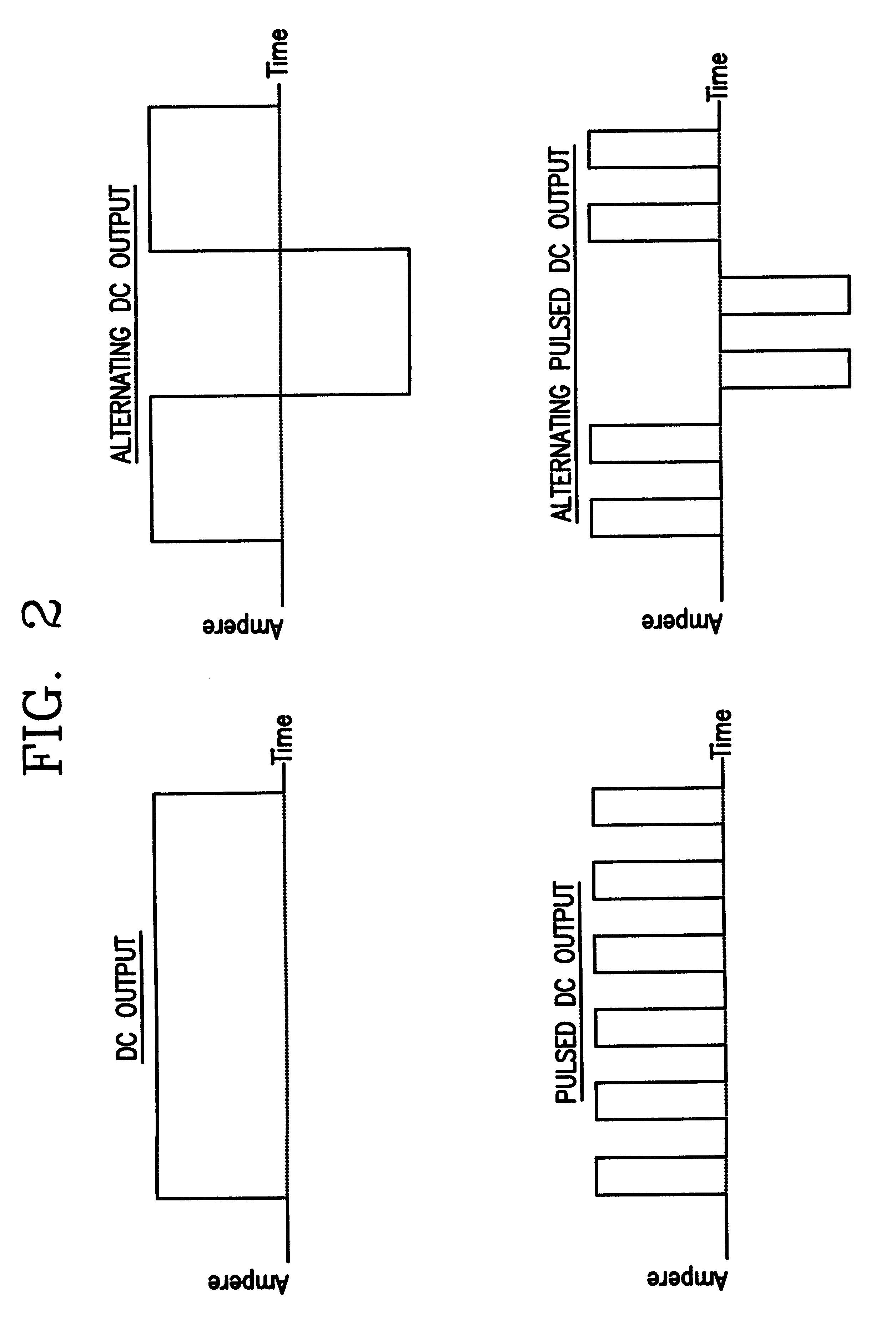Method of bonding a particle material to near theoretical density
a particle material and density technology, applied in chemical/physical/physical chemical processes, metal-working apparatuses, energy-based chemical/physical/physical processes, etc., can solve the problems of limiting the final density that can be achieved, significantly affecting the consolidation process, and long processing time for conventional techniques to produce high-density parts. , to achieve the effect of reducing the number of microstructural distortions and high interface integrity
- Summary
- Abstract
- Description
- Claims
- Application Information
AI Technical Summary
Benefits of technology
Problems solved by technology
Method used
Image
Examples
example 2
Tungsten powders (average particle size 0.2 to 4 microns) were consolidated to near theoretical density (96-99%) without significant grain growth by processing at 1100-1600.degree. C. and at 10-900 MPa for 1-10 minutes. The sample size ranged from 1 / 2 to 2" in length and 1 / 2 to 1" in diameter.
example 3
Ultrafine iron powders (average particle size <0.1 microns) were consolidated to near theoretical density (96-99%) without significant grain growth by processing at 500-950.degree. C. and 50-900 MPa for 1-5 minutes. The sample size ranged from 1 / 2 to 2" in length and 1 / 2 to 1" in diameter.
example 4
Molybdenum-Copper composite powders (average particle size 1-3 micron) were consolidated to near theoretical density (95-97%) at 900-1150.degree. C. and at 50-900 MPa in less than 20 minutes. The sample size ranged from 1 / 2 to 2" in length and 1 / 2 to 1" in diameter.
PUM
| Property | Measurement | Unit |
|---|---|---|
| particle size | aaaaa | aaaaa |
| particle size | aaaaa | aaaaa |
| particle sizes | aaaaa | aaaaa |
Abstract
Description
Claims
Application Information
 Login to View More
Login to View More - R&D
- Intellectual Property
- Life Sciences
- Materials
- Tech Scout
- Unparalleled Data Quality
- Higher Quality Content
- 60% Fewer Hallucinations
Browse by: Latest US Patents, China's latest patents, Technical Efficacy Thesaurus, Application Domain, Technology Topic, Popular Technical Reports.
© 2025 PatSnap. All rights reserved.Legal|Privacy policy|Modern Slavery Act Transparency Statement|Sitemap|About US| Contact US: help@patsnap.com



